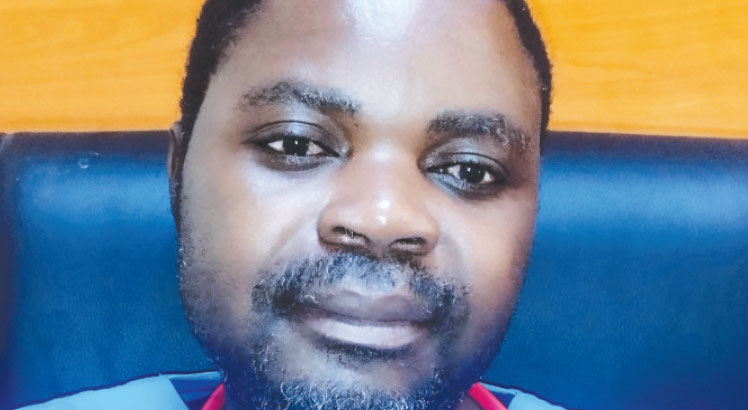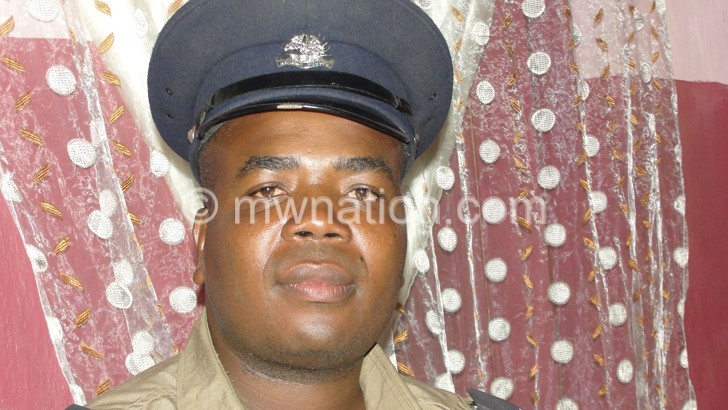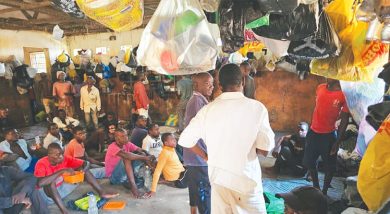‘Lack of equipment increases surgical deaths’
The Anaesthesia Association of Malawi (AAM) has disclosed that about five people die per hospital annually due to unsafe surgical services.
With 28 district hospitals across the country, this could translate to 140 avoidable deaths every year, if each health facility offered surgical services.
In a written response, the association’s president Joel Moyo said the profession, which currently faces a 70 percent vacancy rate, lacks proper equipment for providing safe anaesthesia.
He observed that most anaesthesia machines in use are outdated, which puts patients’ lives at risk.
Said Moyo: “Malawi offers anaesthesia without capnographs—equipment that is used to check carbon dioxide levels in patients while they have been put to sleep during surgery.
“This is a risk because it makes it hard to know whether the patient is getting enough oxygen, or if the airway is well-secured. Currently, each hospital reports a mortality rate of about five patients every year due to unsafe equipment. This can be easily avoided if standards were adhered to.”

Capnographs have been instrumental in reducing complications and deaths related to anaesthesia in high-income countries since their introduction in the 1990s, but research reveals a staggering 97 percent capnograph gap in low-resource settings, including Malawi.
According to Moyo, most anaesthesia drugs and supplies are currently not available at the Central Medical Stores Trust (CMST).
“Most hospitals, especially districts, only rely on CMST for the drugs, but the Medical Stores says it has no forex to meet the demand. Our anaesthesia association has been pleading with the government and CMST to improve the availability of anaesthesia drugs but it is not working due to lack of government commitment,” he said.
The association, thus, appealed for the procurement of modern equipment to ensure safety for patients, and also proposed an overhaul of CMST, or introduce competitors in drug supply.
While admitting the lack of capnographs at Daeyang Luke Hospital, anaesthetist Ellen Kuphiri Mwale said they have other recommended equipment such as pulse oximeters.
“At Daeyang Luke Hospital we don’t have capnometry, but we are able to do surgeries because we have what the World Health Organisation (WHO) says are the operational standards for developing countries, which is a pulse oximeter and a blood pressure monitoring machine. So, we are good to go at Daeyang, despite not having the capnometry/capnography,” she said.
In his reaction, health rights activist Maziko Matemba lamented the lack of such essential drugs and equipment in health facilities.
He said: “This is an important piece of equipment for our facilities to ensure that when people go into surgery, they should come out alive. As civil society, we will push for that, but the government needs to ensure that such equipment is available. We also hope that developed countries will work with low-income countries to ensure these are available.”
In a separate interview, another health rights activist George Jobe called for an audit to establish the annual total death rates in the theatres linked to inadequacy of such equipment.
“That picture should be a wake-up call that we need more financial investments in our theatres to save lives that we should have been losing due to the same,” he said.
CMST spokesperson Herbert Chandilanga attributed the unavailability of some of the items to non-delivery by suppliers, but said they are working closely with them to fast-track availability.
Anaesthesia—a branch of medicine which provides drugs that aid surgery and intensive care in hospitals—also depends on several drugs to give patients the right choice as per their surgery needs.






One Comment